STORM CHASER: A STUDIO VISIT WITH XIE RONG
Fearless performance artist Xie Rong (also known as Echo Morgan) puts herself in vulnerable, uncomfortable positions to communicate strong political messages. Using her own body as a canvas, she invites her audience to bury her with stones, throw water on her and touch her pregnant stomach. Xie’s arresting performances infuse personal experiences growing up in China with broader political points about race, gender and cultural attitudes. She draws strength from the audience’s uneasiness and plays on relationships of control. With these unforgettable performances, coupled with strong photography by Jamie Baker, Xie is poised to make her mark in a big way. Today she tells us why she has dramatically pivoted her practice towards a deep concern for the environment.
Text by Kate Neave
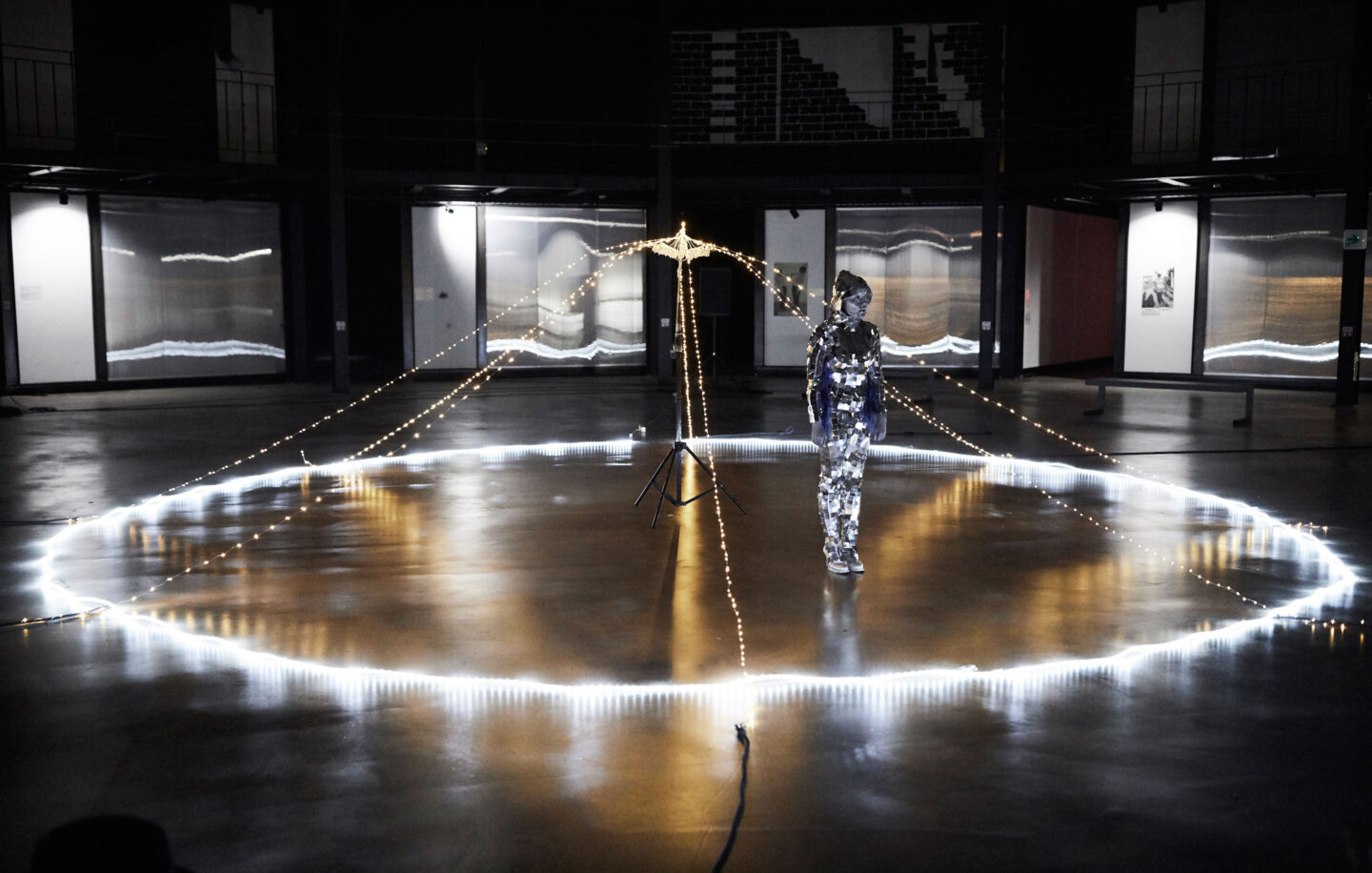
Xie Rong, Light, photo Jamie Baker, Asian Culture Center, Gwangju, 2019
ON HER LIGHT BULB MOMENT
In 2019, I flew to Sydney and back for a single performance. I spent 48 hours in the air and only 30 hours on the ground. The trip prompted me to look into my carbon footprint and I discovered that flying from London to Sydney produces the equivalent amount of carbon dioxide that a resident of India produces over the course of an entire year. My performance in Australia had been connected to the sea, examining it as a border and addressing political policies towards refugees. But I felt so guilty about flying so far to perform a work about nature that I rewrote the entire script in my hotel room the night before. I performed a work about environmentalism that day and the experience made me step back and rethink my entire practice.
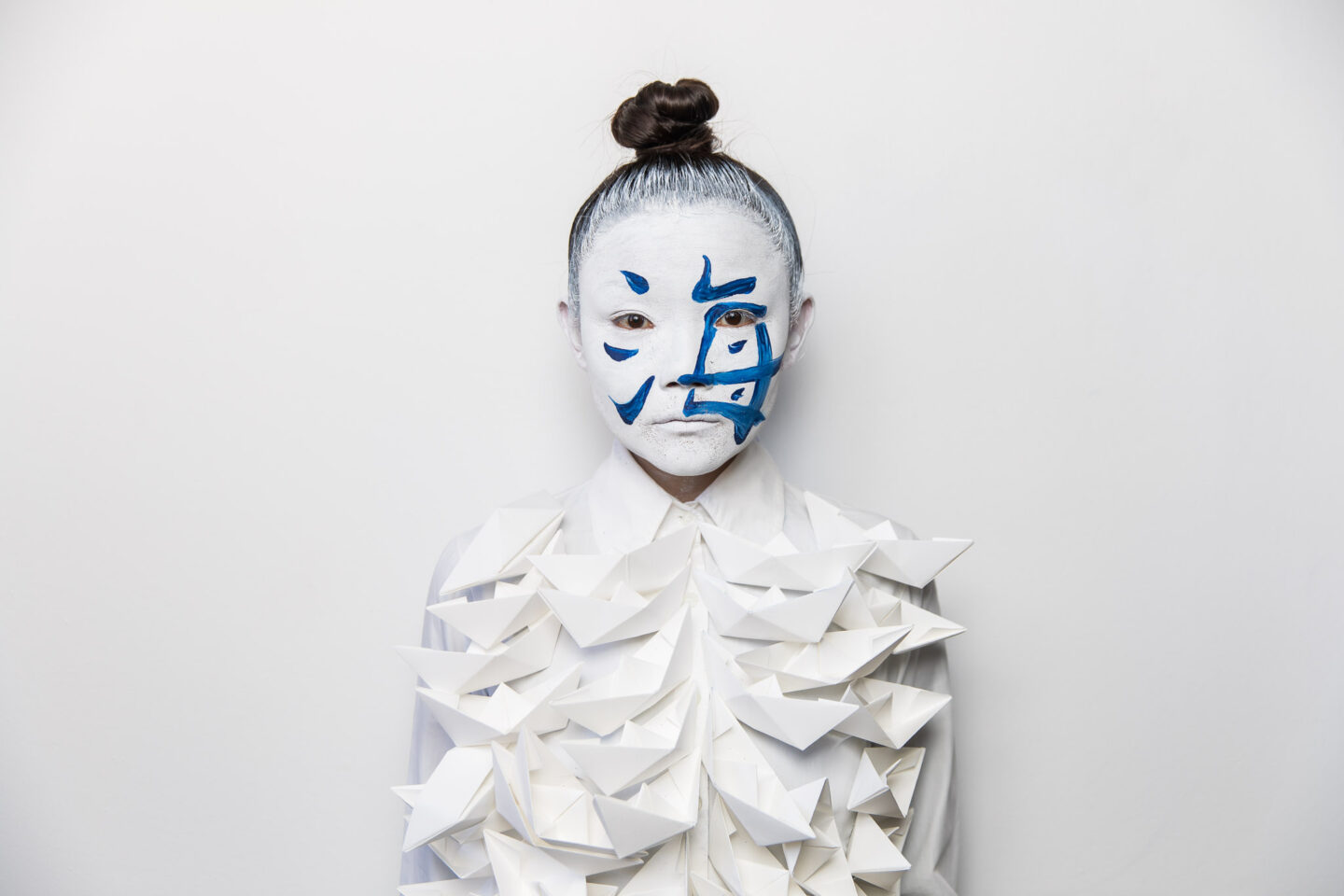
Xie Rong, Sea 海, photo by Anna Kucera, Sydney Art Space, 2019
ON SUNRISE
When I admitted my regret, the curator told me to she wanted to meet me at 5am the next morning. She took me to her favourite spot on the beach to watch the sunrise. She told me that sometimes you have to remember moments, that experiences are important too. She told me how important it was for me to share my message and how much it meant for me to be there spreading it. She reminded me that as an artist you have to produce things. After doing all this research I wanted to find something I could do to counteract the environmental damage of travelling so I have adopted a plant-based diet. I feel like I’m contributing to the movement of changing. People have to realise that it’s down to individual action rather than system change. There are small efforts we can make in our daily life that will make a change.
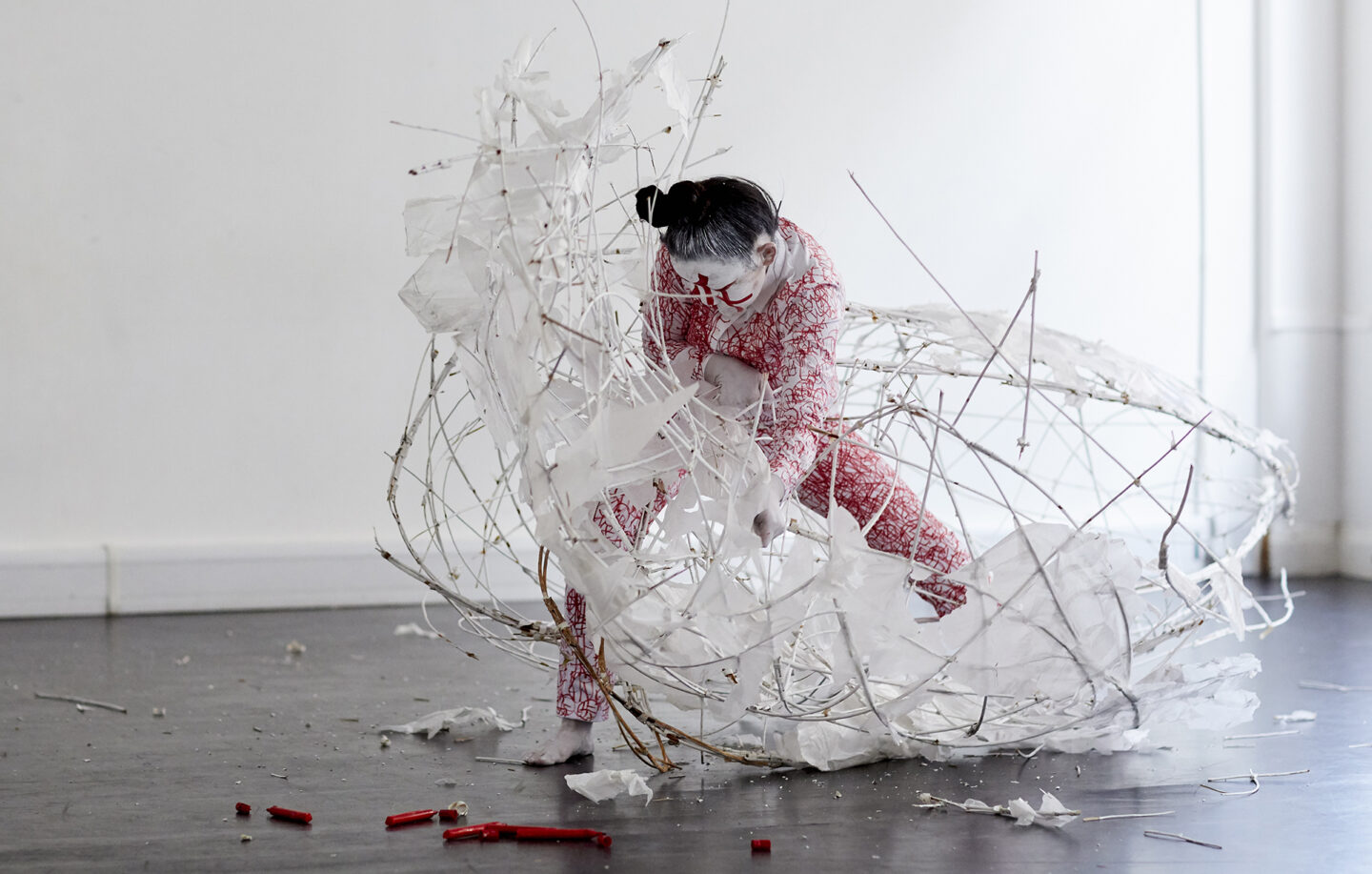
Xie Rong, Delete, photo by Jamie Baker, Toynbee Studio, London, 2017
ON THE POWER OF NATURE
The whole experience led me to deeply research environmentalism. I’ve spent the pandemic looking into the crossovers between performance art, action art and activism in this context. I’ve found so much strength and power in what other artists have done. I was talking to the artist Betsy Damon and she said, “I will only do art that belongs to the ecosystem and I will only teach art that is activism”. I felt that was such a grand and meaningful decision. I’ve made a film about my research this past year that juxtaposes found footage and still images. I’ve been thinking about how much my own work could actually make a change. I usually perform in galleries, but I’ve started asking myself am I brave enough to actually go out on the street to stage a performance and risk being arrested?
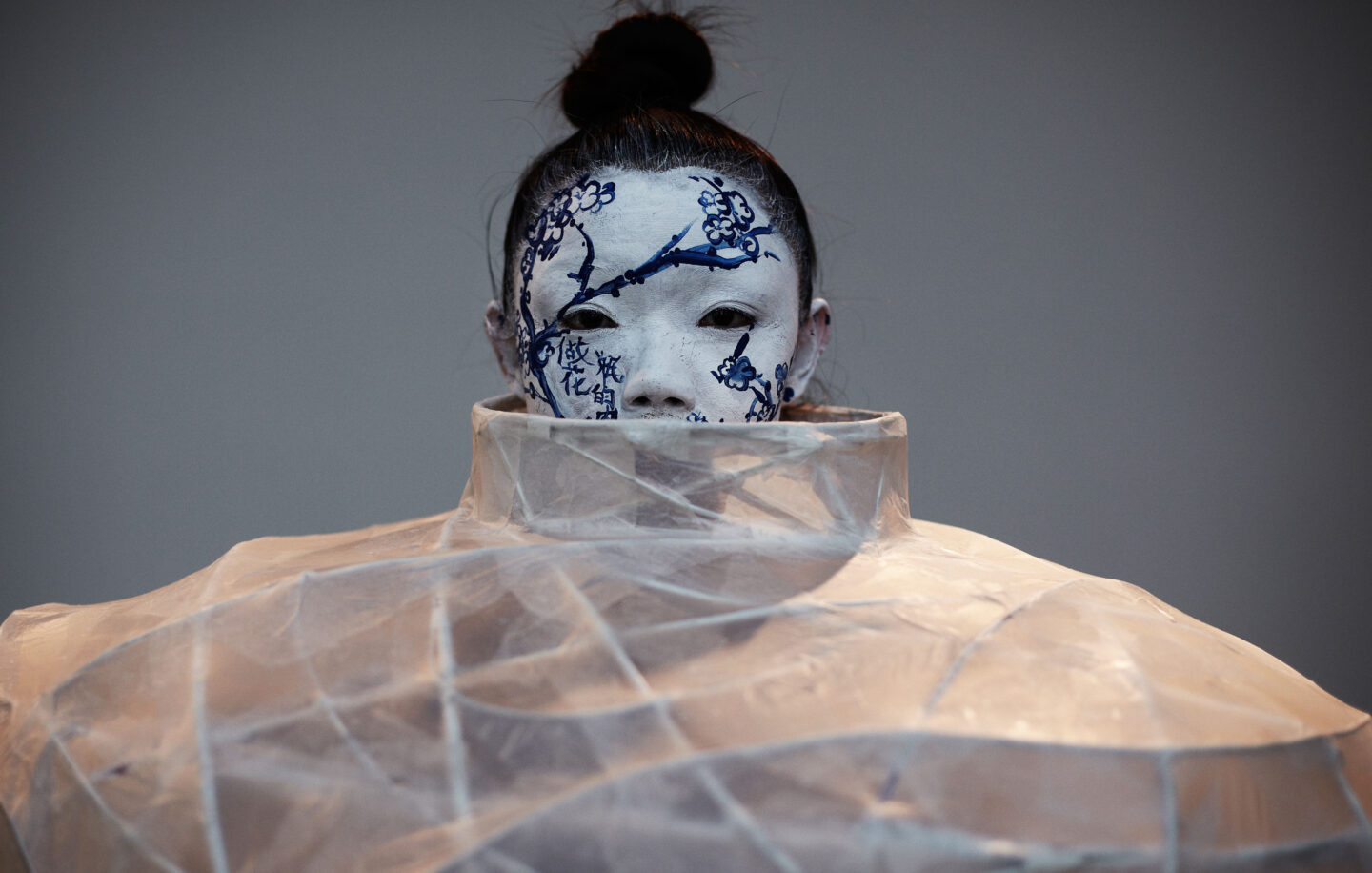
Xie Rong, Be the inside of the vase, photo Jamie Baker, Dyson Gallery, London, 2012
ON THE POLITICS OF A PATCH OF GRASS
One area that has really interested me is the subject of lawns. It felt like a subject that had a lot of historical and cultural roots that I could dig into. Many years ago, in China, my father invested money to buy a prominent site in our city centre and later discovered the square that it was situated on was to be a huge lawn. Lawn does not grow well in China. It sat on the edge of a dead patch of land for 15 years. The lawn space was installed as a symbol of a modern international city. English culture has influenced the world for decades, and lawns are really symbolic of that. American lawns are symbolic of man conquering nature and by extension indigenous people. A lawn represents a certain history; it’s more than just a piece of grass. It has historical roots. We need to revisit our history books and reflect on what we have normalised. I love what Zheng Bo said, that art needs to be a multispecies celebration and I feel this inclusiveness needs to be discussed.
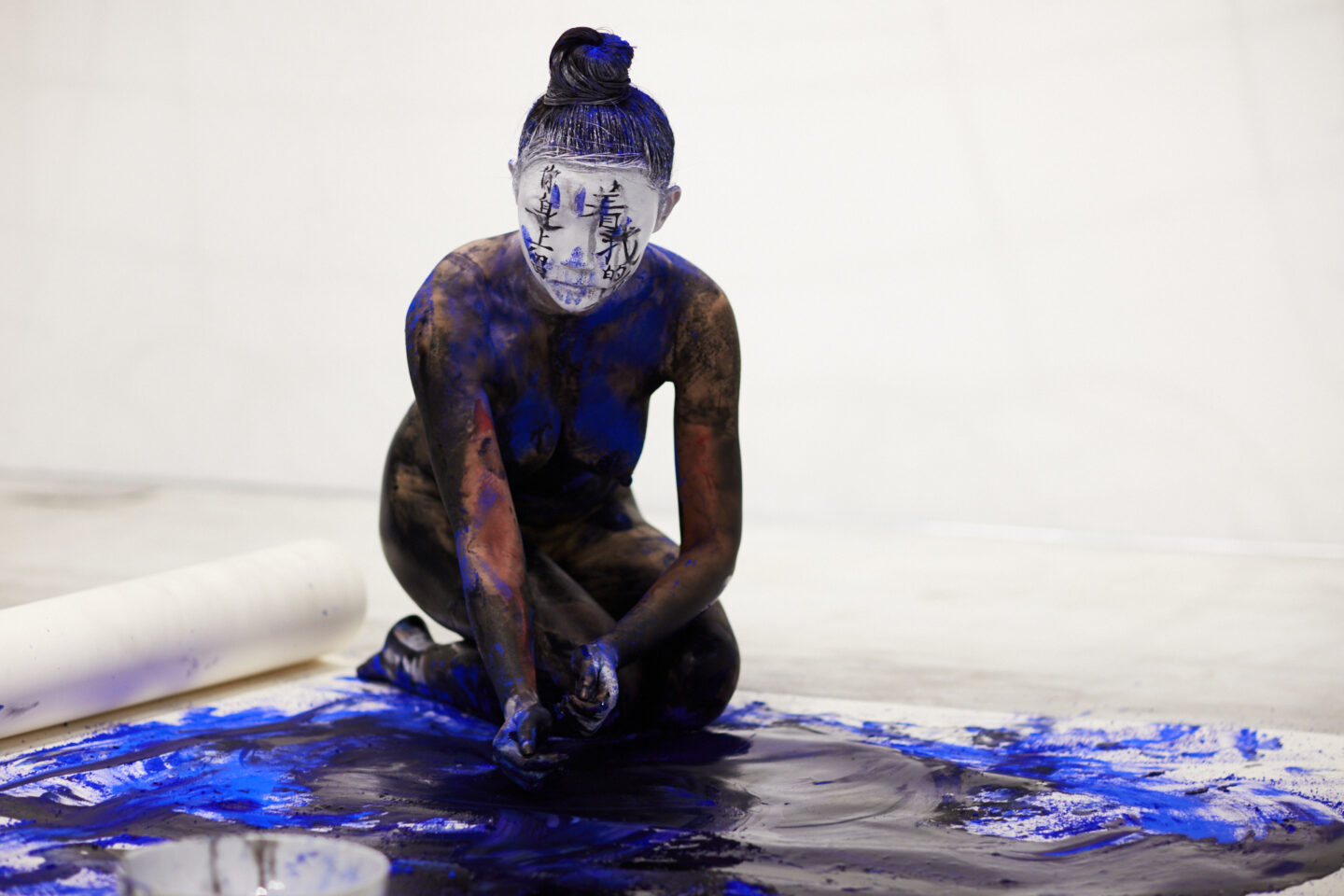
Xie Rong, Home, photo Jamie Baker, Galerie Huit, Hong Kong, 2017
ON MOVING FORWARD SIDE-BY-SIDE
The message I always got when I lived in China was that capitalism is killing the planet. I always reacted against it because I felt I was being brainwashed against capitalism. But now, having lived in this country for 20 years, I’m starting to think maybe I believe it. For me, as a Chinese artist, I feel this responsibility to address the global scale. I want to have more dialogue and encourage more exchange of information. With the pandemic, China is in danger of withdrawing to protect itself in this bubble. I feel the need to be more present in the Chinese art scene because I feel this dialogue is so important. If we want the planet to change we have to work together.
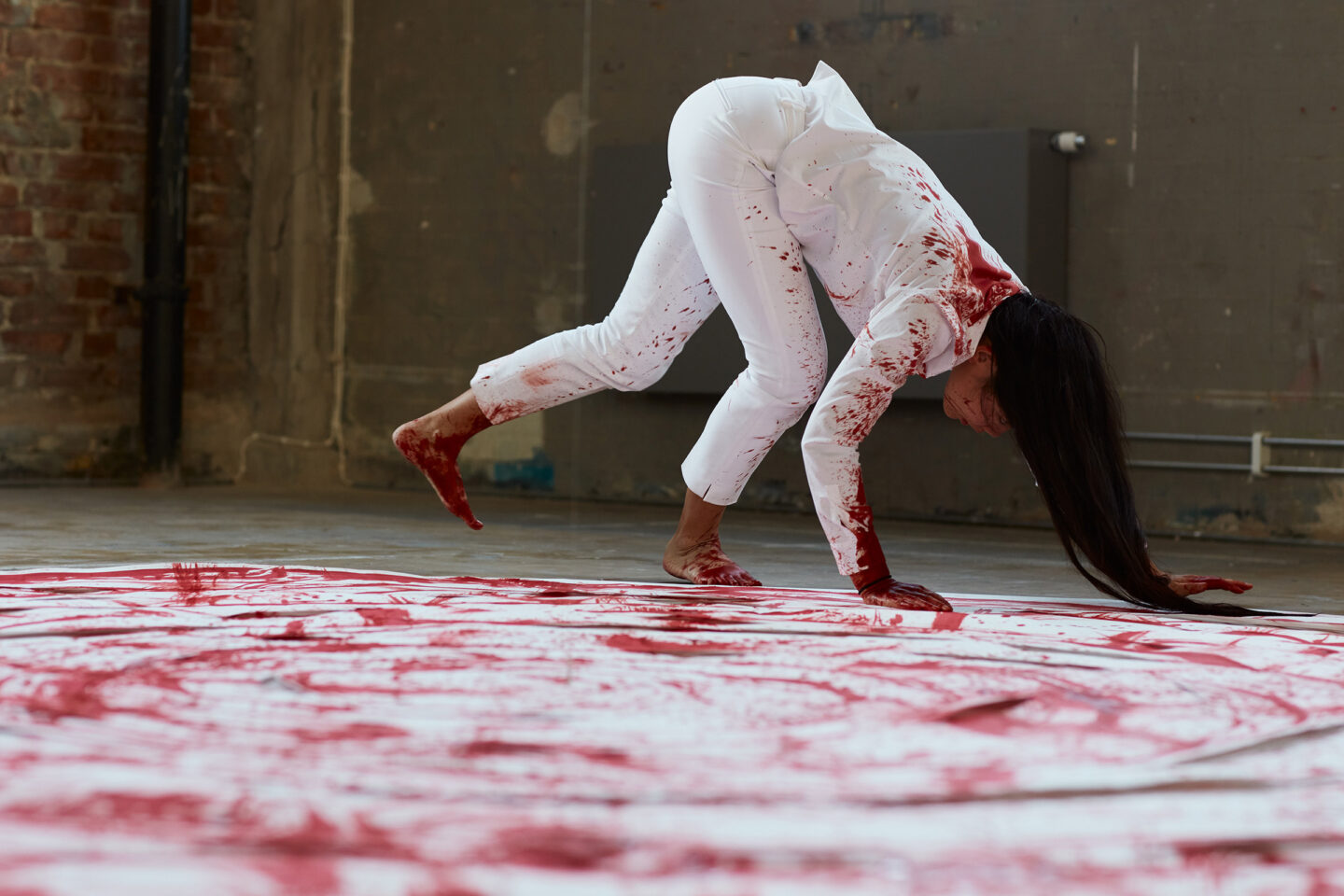
Xie Rong, Circle of Fire, photo Jamie Baker, Röda Sten Konsthall, Gothenburg, 2018
Xie Rong’s ecological research film ‘Eco Echo’ can be viewed here. The film was supported by Chinese Arts Now festival through Arts Council England funding, and will be shown at the Transmission Gallery in Glasgow during COP26
This feature is part of ‘Unearthed: Eco-visionaries’ a thought-provoking series by Kate Neave uncovering contemporary artists at the forefront of environmental thought. We discover artists that engage with the natural world, explore topics at the frontier of art and nature or shed light on an environmental issue. Taking inspiration from these creative practitioners, we join the complex conversation about the climate crisis, harnessing creativity’s power to reach a deeper understanding and be a catalyst for change.
+ Read more…










